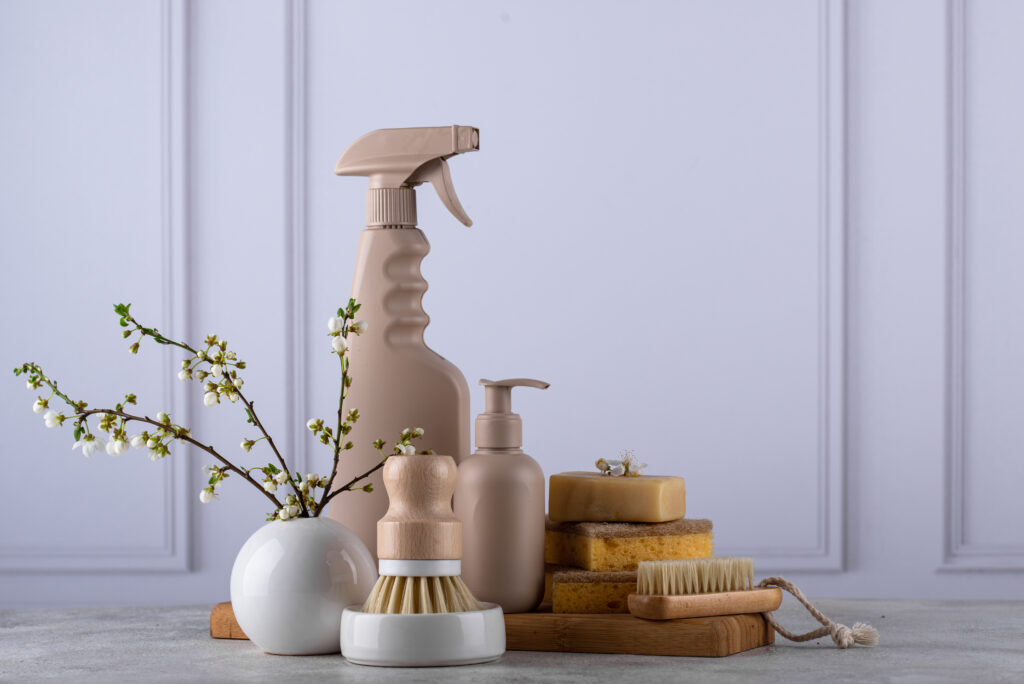Minimalism is a philosophy that embraces living with fewer possessions and streamlining life to its essentials. In the context of cleaning and organizing, this approach can transform a cluttered space into a serene and functional environment. By prioritizing the items that serve a purpose or bring joy, individuals can create a tidy and efficient living area. The process of decluttering not only frees up physical space but also results in a clearer mind, setting the stage for a more organized and manageable lifestyle.
The benefits of a minimalist approach to cleaning and organizing are numerous. It can lead to reduced stress, as a well-ordered space tends to foster a sense of calm and control. Furthermore, maintaining a clean home becomes simpler when there are fewer objects to care for. This practical method can help individuals save time on day-to-day chores, leaving more hours for meaningful activities. The key lies in systematic decluttering and the thoughtful arrangement of possessions according to their utility and value.
For those embarking on a minimalist journey, the act of cleaning and organizing may initially seem daunting. However, breaking the task down into manageable steps can greatly assist in the transition. By focusing on one area at a time and making thoughtful decisions about what to keep, donate, or discard, anyone can make significant progress toward a minimalist lifestyle. The guidance offered in this article aims to make the process as smooth and straightforward as possible, providing strategies to help clear the clutter and create a polished, organized space.
Creating a Minimalist Mindset
In the journey towards a minimalist lifestyle, it begins with a mindset shift that focuses on the benefits of less. Simplification, space maximization, and the reduction of clutter to save time are the tenets at its core.
Understanding Minimalism and Its Principles
Minimalism is about finding freedom through the art of owning less. It’s not simply about having fewer possessions but also about an intentional promotion of the things we value most. The principles of minimalism include:
- Intentionality: Making deliberate choices about possessions ensures that every item has purpose and value.
- Efficiency: Streamlining your belongings to maximize space and functionality.
By internalizing these principles, individuals are empowered to minimize clutter and focus on the essentials.
Setting Realistic Goals for Decluttering
The process of decluttering begins with setting clear, attainable goals. Here are specific steps to help set these goals:
- Define Spaces: List each area of your home or office to be decluttered.
- Set Timeframes: Assign realistic timeframes to declutter each space.
- Prioritize: Order the spaces by importance or ease of decluttering.
Identify what motivates you to declutter, and use that to help fuel your progress. An organized approach leads to tangible results and upholds the minimalist’s rule that less is often more.
Adopting a Less Is More Philosophy
Embracing a ‘less is more’ philosophy is crucial to maintaining a minimalist mindset:
- Acknowledge the benefits of having more space, less clutter, and a streamlined environment.
- Recognize that reducing possessions can save time spent on maintenance and decision-making.
By minimizing possessions, not only is there a visible improvement in one’s space, but there is also a substantial gain in available time and reduced stress, which can contribute to a higher quality of life.
Practical Steps for Cleaning and Organizing
A minimalist approach to cleaning and organizing emphasizes simplicity and functionality, ensuring that each room is both tidy and sustainably maintained.
Room-by-Room Decluttering Guide
Bedroom:
- Closet: Start by sorting through clothing, keeping only what is essential or brings joy. Opt for slim, matching hangers to maximize space. Consider under-bed storage for seasonal items.
- Furniture: Dust all surfaces and wipe down with a damp cloth. Practice the habit of making the bed daily to maintain a neat appearance.
Kitchen:
- Countertops: Clear away any non-essential items. Store frequently used utensils in drawers or on hooks to keep surfaces tidy.
- Storage Solutions: Use stackable clear containers to organize pantry items, making them easy to find and saving time.
Bathroom:
- Cleaners: Group similar items together under the sink or in a linen closet. Utilize baskets or bins for an orderly aesthetic.
- Minimalist Home Aesthetic: Keep only necessary products on countertops, storing the rest out of sight to maintain a clean and uncluttered space.
Living Room:
- Ensure furniture is arranged to maximize open space. Regularly vacuum upholstery, and maintain clean floors for a fresher environment.
Eco-Friendly Cleaning Techniques
Non-Toxic Cleaners: Opt for vinegar, baking soda, and lemon to create effective homemade cleaning solutions. This safe approach protects the environment and reduces exposure to harsh chemicals.
Sustainable Practices:
- Use microfiber cloths that can be washed and reused instead of single-use paper towels.
- Conserve water by using as little as necessary for tasks like mopping and wiping down surfaces.
Organizing for Sustainability and Ease
Decluttered Items:
- Determine whether to sell, donate, or recycle items rather than disposing of them, reducing waste and extending the life of each object.
Implementation of Storage Solutions:
- Invest in high-quality, versatile storage that can adapt to changing needs, ensuring longevity and a timeless look.
- Use labeling systems on storage containers for ease of finding items, thus saving time and maintaining tidiness.
By taking these specific steps, one can create a clean, tidy, and organized home that adheres to the minimalist ethos while also being kind to the environment.

